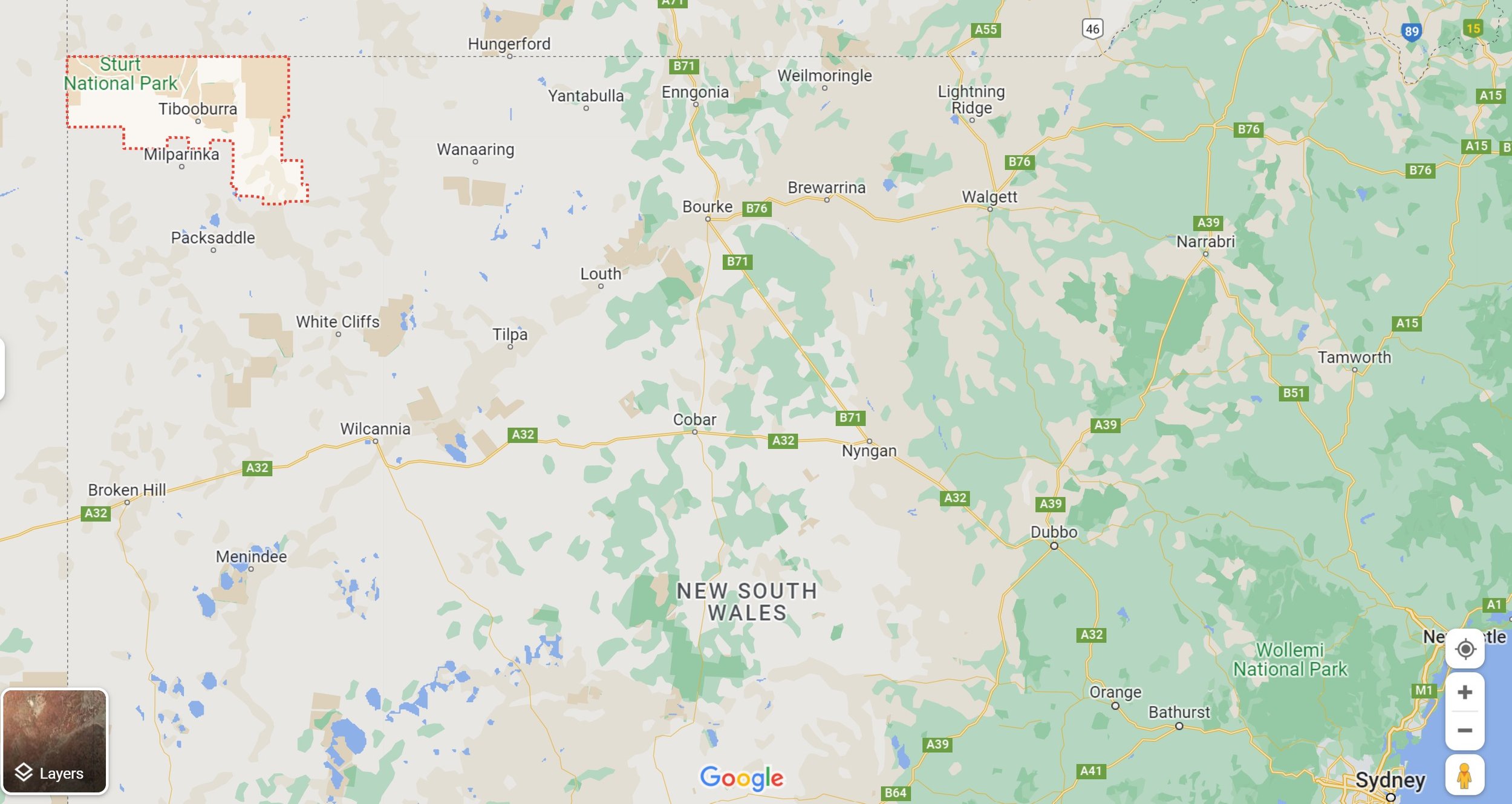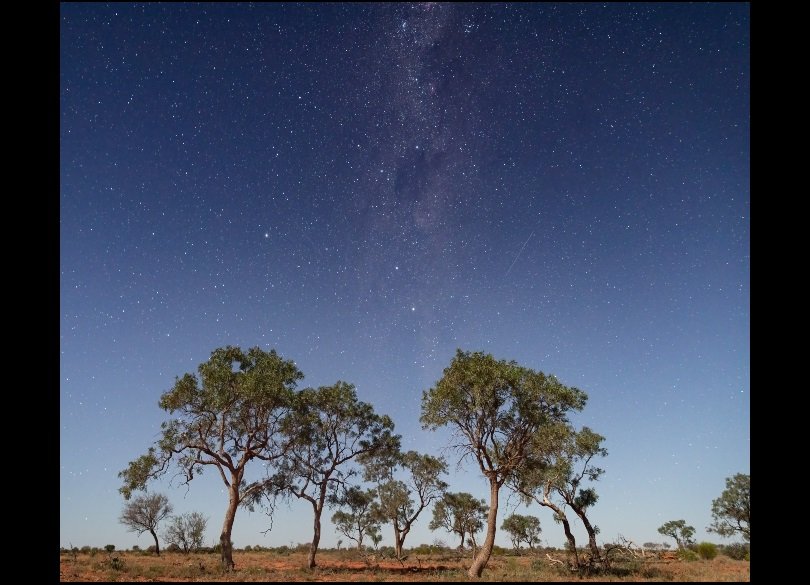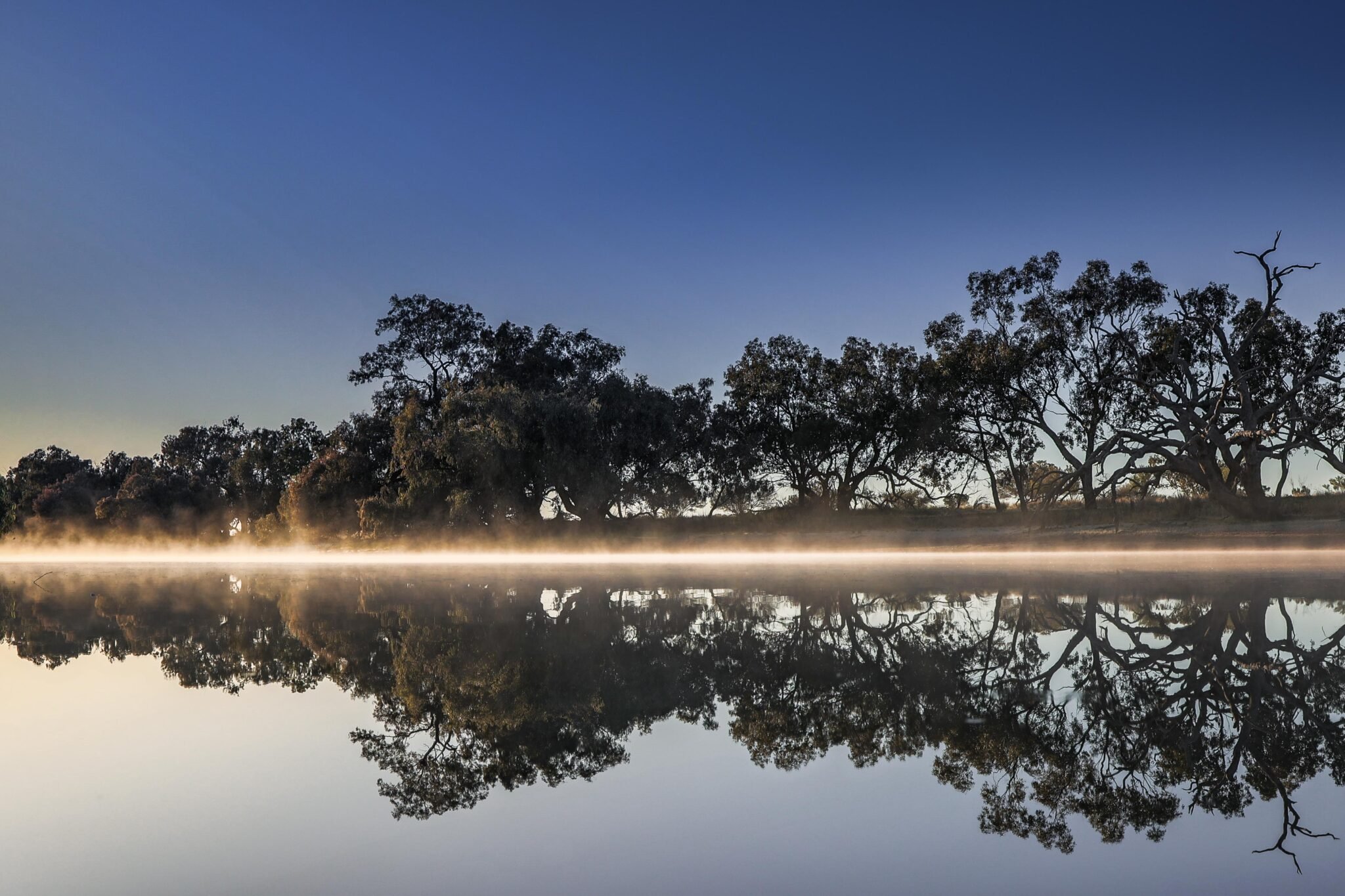A vast territory has been acquired by the New South Wales government in a bid to create a massive park for conservation and recreation a million hectares in size.
A 437,394-hectare site, in an area called the Thurloo Downs between the towns of Tibooburra and Bourke in the northwest corner of the state, is envisioned as an extension of two existing protected areas to create an enormous new single park.
WaL has previously reported on the continuing efforts by the Australian state governments to purchase the most pristine ranch properties around the country to preserve as national parks. Continuing on the trend, this is the largest purchase of privately-owned land for the sake of conservation ever carried out by the NSW government.
“When combined with the adjacent Narrieara-Caryapundy National Park and the nearby Sturt National Park, our national parks now protect an almost completely connected area of about one million hectares west to the South Australia border,” said NSW environment minister, James Griffin, in a statement in late February.
The Thurloo Downs is classic “outback” terrain and will protect two critically endangered ecological communities of about 50 threatened bird and mammal species that aren’t conserved anywhere else in the country.
It’s very remote; sitting about 10 hours by car from Sidney. A small airstrip lies at the outback station of Wanaaring, in the heart of the property.

The land was a massive goat and sheep ranch, owned by a long-time ranching family currently headed by Mr. Peter Hughes.
Australia Geographic has detailed that Mr. Hughes has agreed to remain on-site for now, “imparting his knowledge of managing the diverse landscapes here, which range from mulga scrubland and pockets of desert bloodwood and poplar box to gibber planes and salt lakes”.

In perpetuity
Thurloo is located in the traditional country of the Karenggapa and Parundji people, and the property has extensive Aboriginal cultural heritage with evidence of artifacts including hearth remains, flakes, grinding plates and other items of significance.
They will be a part of the transition from pastureland to park, and park into tourism attraction. The government believes the property—bigger than Yellowstone in Wyoming—will be the easiest way for visitors to have a classic outback experience.
“This property protects a who’s who of Australia’s endangered wildlife—50 threatened species ranging from little hopping mice and carnivorous marsupials through to an incredible diversity of birds, including pink cockatoos, grey grasswrens, crimson chats, black falcons – this is a birdwatcher’s paradise,” said Australia National Parks and Wildlife Service Chief, Atticus Fleming.
“This acquisition is hugely significant because over 400,000ha [4,000 square kilometers] of outback Australia will be protected forever: it’s certainly significant for NSW and Australia but this is an acquisition that will be celebrated around the world, because of both its size and what we are protecting here,” he told Australia Geographic.
The purchase of Thurloo is bang in the middle of a push to conserve more of natural New South Wales. Thurloo Downs adds the total protected areas coverage to 10.2% of the state, a growth of 15% in just 4 years.
To the north in the state of Queensland, similar trends are in motion. In April of 2022, Bramwell Cattle Station was bought as part of a 131,000-hectare (1,300 square kilometer) purchase. It was immediately turned over to the stewardship of the traditional owners of the land, who now manage 4.5 million hectares of protected areas in collaboration with wildlife authorities.
In total it’s about the size of Massachusetts and New Jersey together, or for Europeans, about Sicily, Belgium, and Crete combined.
In the state of Central Australia, in June of 2022, three traditional owners leased another of these massive pasture stations with a development plan to turn it into a national park over time. Consisting of 300,000 hectares on the edge of the spiritually important Great Sandy Desert, it will allow the three communities to reconnect with their land while deriving a sustainable livelihood from it. WaL
PICTURED ABOVE: A RAMSAR-protected wetland in Thurloo Downs, NSW. PC: Alex Pike, NPWS.
If you think the stories you’ve just read were worth a few dollars, consider donating here to our modest $500-a-year administration costs.



